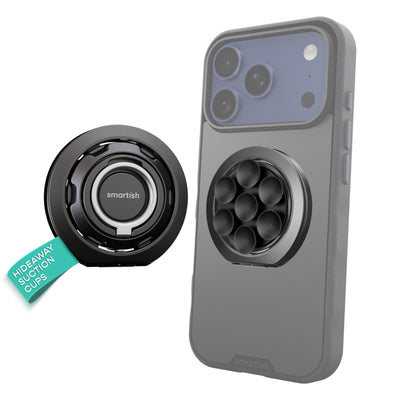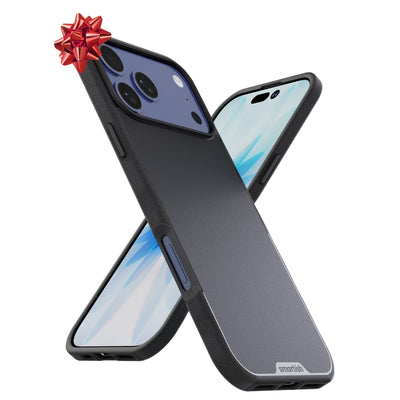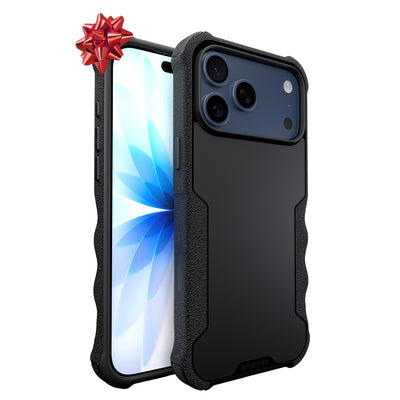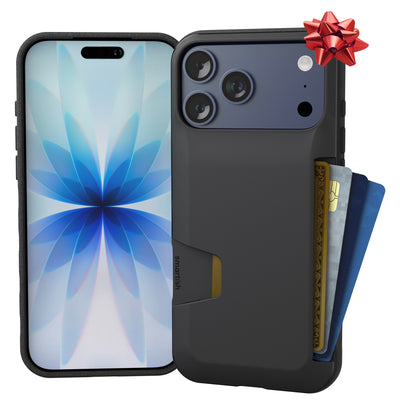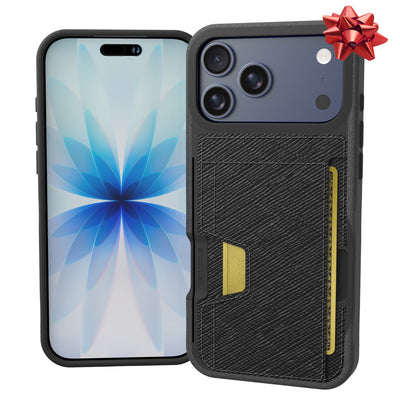HOW DOES MAGSAFE WORK?
So what the heck is MagSafe and why should we care?
Fast forward to October 2020. Apple decided it was time to harness the power of magnets once again. But this time, they’d bake them right into the back of their iPhones in a ring pattern and changed wireless charging as we knew it.
Wireless charging coils in general were no new concept and had been around since the days when we were running around sporting Apple Bottom jeans and boots with the fur. And by 2017, over 200 types of smartphones incorporated this technology into their designs. But when the MagSafe coil launched in the iPhone 12 lineup, with it came a new wireless power transfer system that not only sped up charging times with up to 15W, but made perfect foolproof alignment a literal snap.
So by outfitting their coil with this magnetic ring, Apple solved the wireless charging pain point of your device not receiving a steady flow of that sweet energy if it happened to be sitting slightly off-center on the charger. With MagSafe, no more waking up to a low battery because your cat knocked your phone askew while you were sleeping.
Some Apple heads wish they’d been given the universal non-proprietary USB-C instead of MagSafe, but Apple loves to be that guy who’s a little different and little mysterious in his ways (and tbh…don’t we all kinda love ‘em for it?)
Let’s get down to the nitty gritty with
Does MagSafe charge faster?
Will MagSafe still work if I use a phone case?
Will the magnets demagnetize my cards?
Ok…so MagSafe is safe for credit cards…what about my pacemaker?
What other tricks do these magic magnets have up their sleeves?



